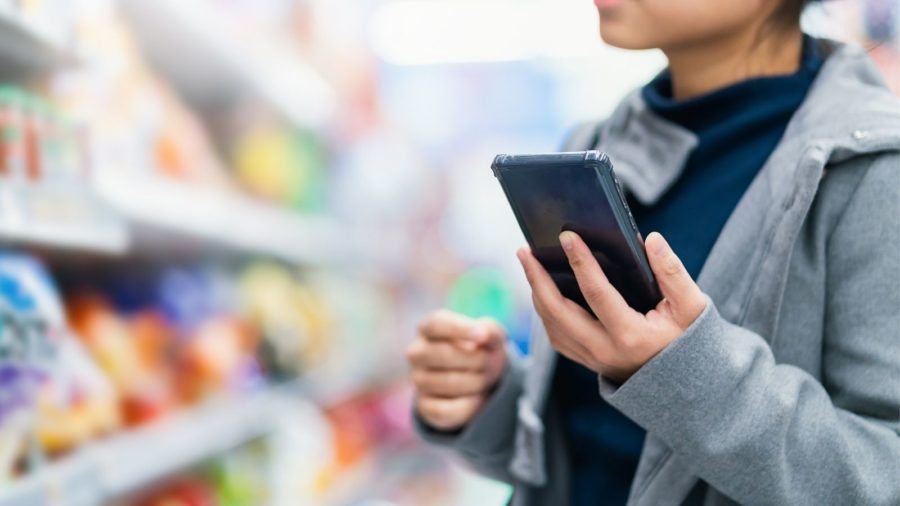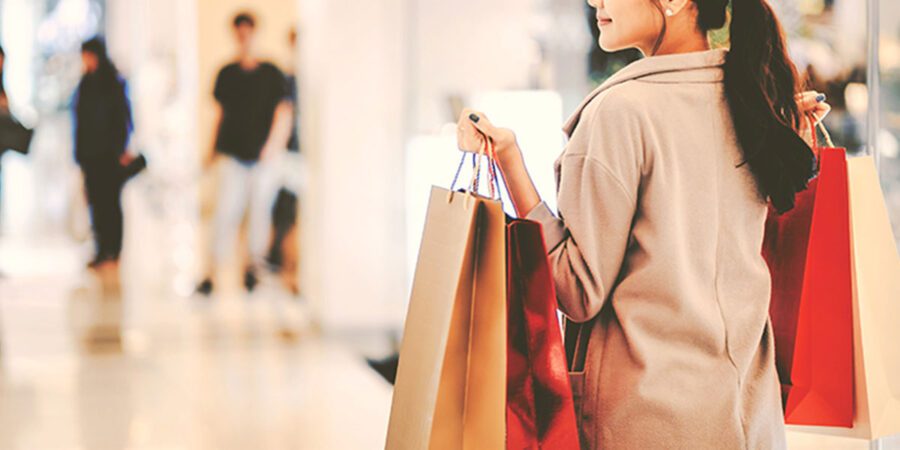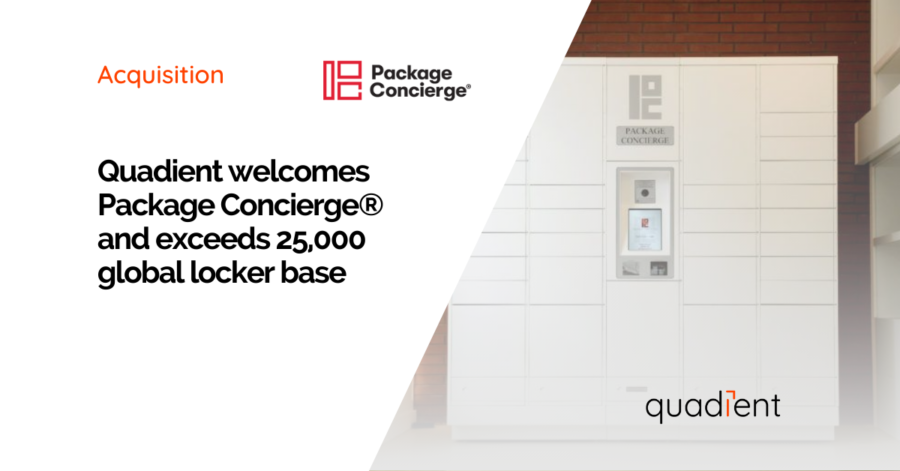
Retail
The New Retail Store: Successful Stores Never Stand Still
Written by: Parcel Pending
5 Min Read
Published: June 13, 2022
Updated: February 7, 2023
This blog is the first in a new three-part series; ‘The New Retail Store’, where we explore some of the exciting ways retail stores are evolving in 2022.
Successful Stores Never Stand Still
In a digital age when e-commerce has jumped to between a quarter and a third of total retail sales in the UK, shops need to stand out and they need to evolve.
Seeing the new flagship and concept stores opening around the UK recently, it is clear retailers are thinking differently about how to attract and interact with their customers.
Convenience, community and connected services are the three Cs that come to mind when considering the likes of Ikea’s London Hammersmith store and Anya Hindmarch’s experimental space also in west London.
New Formats with a Digital Twist
Ikea said in March it is closing its famous Tottenham out-of-town store, but in its new Hammersmith shop – unveiled just one month before – it is laying down a modern path.
At a quarter of the size of a traditional Ikea store, the new shop is focused on accessibility and providing an experience for busy locals and commuters.
It’s a cashless store featuring self-service checkouts only – the first Ikea to do this in the UK – and its ‘Swedish Deli’ at the edge of the store opens one hour earlier than the retail space giving shoppers a chance to visit the business solely for hospitality. Ikea meatballs for breakfast, anyone?
Peter Jelkeby, UK & Ireland boss at Ikea, says the next three years will see the retailer “step up” its omnichannel investments with the aim of becoming more “customer centric”.
Amidst a digital era, the traditional ‘blue boxes’, as they are known, are being shaped into more than a place to shop, according to Ikea. As well as allowing customers to purchase there, Ikea wants its stores to be “centres of inspiration” and venues that support the delivery of online orders including click & collect and click & deliver.
Carrying on the furniture and home-focused retailing theme, both B&Q, Dunelm and Dobbies are experimenting with smaller stores and new formats with a digital twist too.
It’s all about the evolution of shopping and recognising as retailers they can’t stand still if they are to continue pulling customers through the door. For example, the new Dunelm, which opened in The Springs retail park in Leeds on 1 April, is the chain’s first shop that only distributes digital receipts not paper ones, as part of a new customer connection and greener strategy.
A Destination, Not a Drag
People know Anya Hindmarch as a designer handbags and accessories brand, but last year it went off in a different direction by launching the Anya Village – a collection of stores on Pont Street in London that includes a café, a nail bar and a repair shop.
The company calls it “the culmination of two years of work and the realisation of our founder Anya’s long held dream” and “a place where we pour all of our creative energy and collaborate on the subjects that interest us”.
This is new retail – it’s more than shopping.
In the village there is also The Plastic Shop and The Labelled Shop, which focus on the themes of circularity and organisational skills, respectively. Within all these spaces Anya Hindmarch can host events, sell its goods, welcome customers and immerse them in the brand in multiple ways.
It’s a large-scale example of what many retailers are trying to do with their audiences – by bringing them together for events, classes, and important social causes. Stores are valuable real estate, and should be considered for more than simply selling stuff.
The Flannels stores opening up and down the UK over the last few years to much fanfare are operating with this mantra too – they host DJ sets, pop-up art installations, and special events in association with popular beauty and fashion brand partners such as Dior and Morphe. The store is more than a store.
Bringing it All Together
The Canadian retail futurist and author, Doug Stephens, who operates under the title Retail Prophet, has long opined about physical retail stores transitioning from being primarily a distribution channel for products “to becoming a powerful media channel for branded experiences and stories”.
This is what’s happening in the examples given above.
The important thing to remember is that stores need to be different to the transactional, functional experience consumers can receive online – and that is one reason why we see a lot of this new development taking place.
But equally stores need to retain a connection to the digital world – be it through running consistent messaging and pricing or facilitating online orders or e-commerce returns.
Additionally, in B&Q’s new format smaller stores customers can use the touch screens to click & collect or click & order, and it is becoming common practice to dedicate sections of shops to the digitally-minded shopper. That includes the provision of lockers, where consumers can pick up online orders in person.
Indeed, lockers are a great way of adding to stores the aforementioned features required in modern retail – convenience, community and connected services.
They are convenient because customers are seeking instant gratification. Buying online gives you that instant gratification because purchasing is so simple, but the next stage – receiving or collecting items – needs to be as quick and straightforward as possible too.
With retail smart lockers, the customer can pick up when it’s convenient for them, and they don’t have to wait around for a delivery, or queue in store. Often it can be cheaper to pick up an item from a dedicated locker in-store for both the customer and the retailer – and in the current economic climate we all know saving money is going to be very convenient.
Community-wise, lockers drive people back into stores at a time we are only too aware that retail locations up and down the UK have been battling for footfall. They also allow staff in stores to give attention to customers who really need them rather than chasing around to try and find products for online shoppers as is the case in many stores offering click & collect today.
Locker usage in retail is the epitome of the connected service the wider industry is trying to offer, with store space dedicated to the online shopper a true representation of omnichannel in action and bridging the gap between online and offline.
Customer satisfaction is a constantly moving target, which is why successful stores never stand still and should keep asking themselves, are we convenient, community-focused and as connected as we can be?
As 2022 rolls on we look forward to seeing more retailers combining the physical and digital and using technology to develop their flagship stores with innovative experiences.



